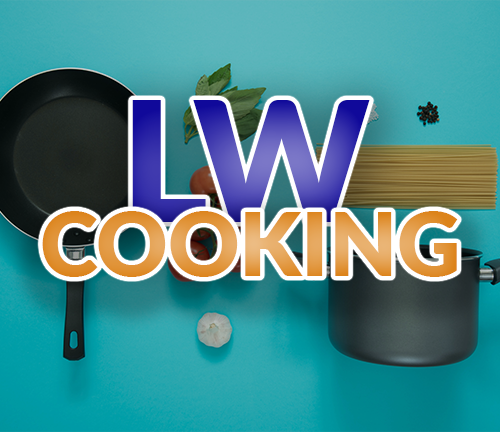

do be like a stink bug sometimes
Seems to be certain times of the year here (US South). Sometimes we go months without a bunch that smells like them, and other times it’s every bunch for a month (and we almost always have a bunch in the fridge).


do be like a stink bug sometimes
Seems to be certain times of the year here (US South). Sometimes we go months without a bunch that smells like them, and other times it’s every bunch for a month (and we almost always have a bunch in the fridge).


Fish Sauce.
Love the flavor that it brings to dishes, even to uncooked sauces, but holy crap the smell.


We were driving somewhere and suddenly decided to order some chicken on the way home (figured it would be done when we got there and we wouldn’t have to wait).
They required an app: my wife downloaded it, set up an account, picked the store that was on the way home (but not closest to where we were) and put the order into the app, only to have it fail sending it to the location.
Several times.
By the third try we were in the parking lot and I just went in and ordered.


I default to Subscribed/New, but many of the subs I was in on Reddit don’t have active communities here, so I only see a handful of new posts a day. A couple of times a week I switch to All/Hot or All/Active as a way to find new communities, or just see what’s going on outside of my tiny bubble.


You were right about the rounding / keeping the extra … it’s just someone different keeping the extra money.


I’m an owner, so make many decisions (but I also have smart employees who’s opinions I trust very much).
This is a tough one to deal with, especially with smaller Android based handheld devices. In the 5" to 6" range we can get a few different things (wholesale costs):
You can guess which ones we sell the most of. Especially since they tend to get dropped, or lost quite a bit (we’re in the restaurant POS business).
For the stationary (15" Android) terminals, the situation is similar. But we sell these devices more than the handhelds, and after a few installs with well made but slower hardware, my tech lead ruled out offering the cheaper ones in favor of selling the ones with better specs, so that’s where we are now.
But lots of our competitors give hardware away to get the credit card processing revenue (a total rip off for the customer, but it’s the nature of the game), so they use the cheapest option.


I write POS software, and have written tax calculations that cover about 30 states, and several CA provinces.
While we do have to round (always up) when calculating sales tax, there’s no way for the business to figure out how much that rounding would be, since it’s just added to the tax collected.
And in all states that I’ve worked with, a business has to pay what they collected (even if they over collect), and can’t just calculate a percentage of total sales (since many states have tax tables, rounding rules, or 3-4 decimal tax rates, and not a flat percentage tax).
So it’s actually the government that gets the benefit of the rounding.
Agree completely on this. Pipe tobacco in particular always smells great (but can’t stand the smell of smoke).